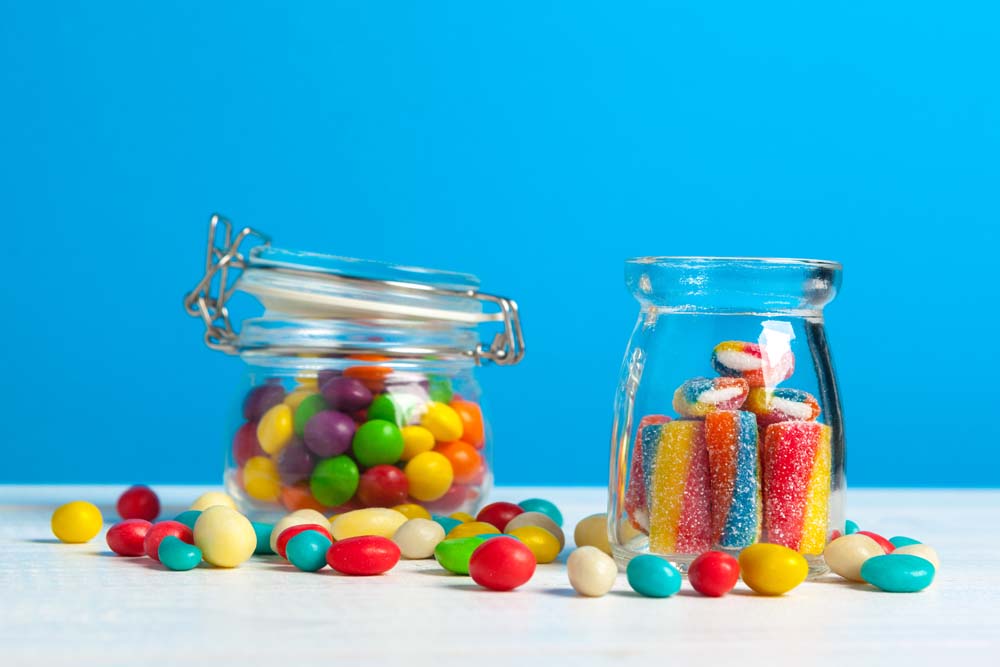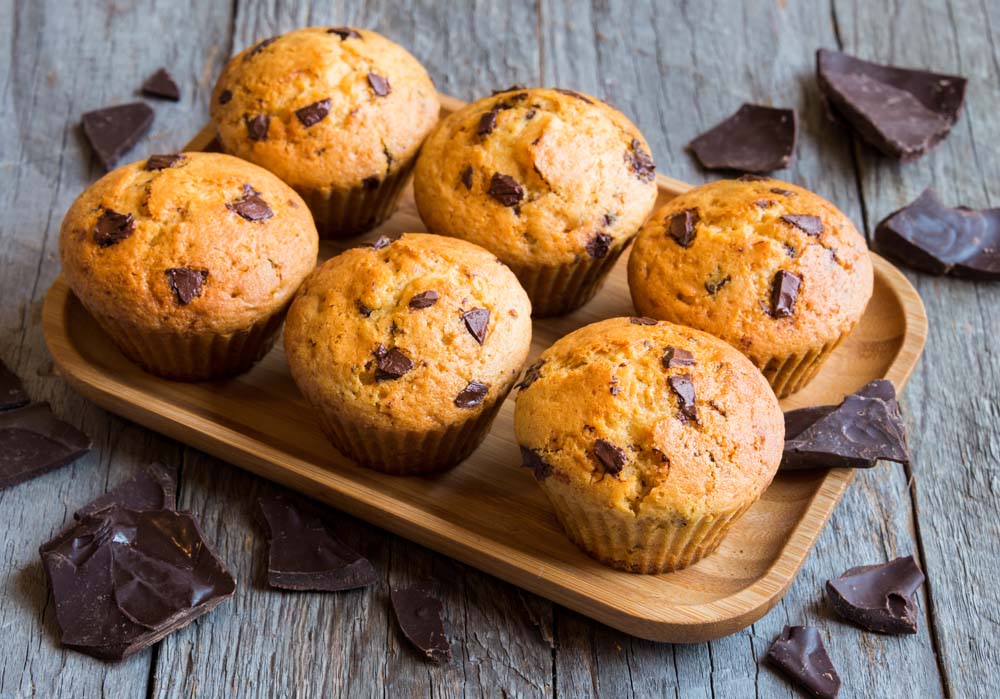RUSSIA’S SWEET TOOTH: AN UPDATED LOOK AT RUSSIA’S CONFECTIONERY SECTOR

Confectionery and sweets are a major source of pleasure for Russians, something which the market reflects
When sanctions first hit in 2014, in tandem with Russia’s economic troubles, the share of imported sweets on the market fell. Ignore that now, because sugary favourites are back in the driving seat as import volumes are on the rise.
This is a market worth exploring for producers around the world, so have a read to discover what products satiate Russia’s lust for the sugary, the chocolatey and all things sweet.
Russia’s confectionery market
Imported confectionery comes back to Russia with a bang

Recently, Russian imports of a cornucopia of candy have been rising at a very encouraging rate. In 2017, currently the most up-to-date available data, the nation imported 25% more chocolates, baked treats, and sugar candies than the previous year.
In monetary terms, confectionery is an a very lucrative market for exporters. Estimates vary, but the sector has been valued at anywhere between $400m for just sugar and chocolate sweets. When incorporating baked foods, the market can be valued as high as $800m.
To give some scale of just how big Russia’s entire confectionery complex is, foreign-sourced products, with their $800m valuation, cover just 7% of the overall sector.
Chocolate is the most popular imported product, accounting for half of the total market value. Baked goods represent around 30%, while sugar candies make up the remaining 20%.
Where does Russia import confectionery from?

In previous years, Ukraine was Russia’s chief sweet supplier, but now the import dynamic has changed substantially. Ukrainian candy is no longer a major feature on Russian sweet shop shelves. Instead, buyers across Russia are turning to Europe to find the latest candies.
Producers in EU-member states and Switzerland now control 60% of imported products.
Chocolate from EU producers is in particular demand. Germany supplies 30% of chocolate exports to Russia, followed by Poland and Italy. Together, these countries cover roughly $250m in exported chocolate products, including raw, filled and finished products (like chocolate bars).
Baked goods are predominantly the preserve of the other major non-EU confectioners shipping goods to Russia: Belarus and Kazakhstan. Baked goods, such as cookies, biscuits, cakes, muffins and similar products, actually represent half of all products imported by volume – approximately 61,000 tons annually.
Sugar candies incorporates products like lollipops, chews, toffees and caramels, and other confectionery items of a similar nature. Again, it’s the EU that dominates proceedings here, with Germany supplying 22% of the overall $188m of imported goods. Poland and Hungary each take a 5.8% share of the sugar candy import sector. Kazakhstan gives a strong showing from outside of the EU, with its confectionery products covering 15% of this sector. Finally, China has a 7.3% share as well.
Russian candy consumption hits new record

In 2018, Russians ate more confectionery than any time since the end of the Soviet Union. During that time, the average per capita consumption reached 25.5kg.
Can you guess which product Russians were eating the most of? No, it actually isn’t chocolate. It is baked sweets, such as gingerbreads, cookies, waffles and sweet rolls.
Between Jan-Dec 2018, Russians ate on average 9.6kg of such products. It’s worth pointing out that a lot of these products have longer shelf lives than other candy types, so its possible Russians buy these cheaper goods to save and eat at their leisure.
No surprises guessing which particular variety comes in second. It was chocolate, representing a 5th of all sweets eaten throughout Russia that year when, per person, Russians ate 5kg of chocolate.
Cakes have actually seen consumption drop slightly against pre-economic crisis levels. Despite manufacturers’ actions to make these offerings more cost effective (product weight and packaging size), Russians ate 2kg of cakes per person in 2018. That’s 0.5kg lower than in 2013.
Rounding off the confectionery consumption stakes is sugar candies. While this covers a wide spectrum of products as mentioned earlier, it’s toffees and caramels that get the largest individual showing in this sector. Consumption of those goods is 1.2kg per capita. In total, Russians eat 6.7kg per year of sugar candies.
Discover your confectionery export opportunities at WorldFood Moscow
WorldFood Moscow, Russia’s largest food & drink exhibition, is the place to meet the buyers searching for chocolate, sugary sweets, baked goods and all confectionery items.
Over 30,000 professionals, from specialist importers, catering companies, HoReCa sector members, retailers, and wholesalers attend each show – all looking to increase their supplies of key foodstuffs and meet their manufacturers.
As an exhibitor, WorldFood Moscow provides the perfect platform for you to enter the Russian food supply chain, start exporting, and grow your sales in a $28 billion import market.
Want to take part? Click here to book your stand.
Need more information? Contact our team today.
